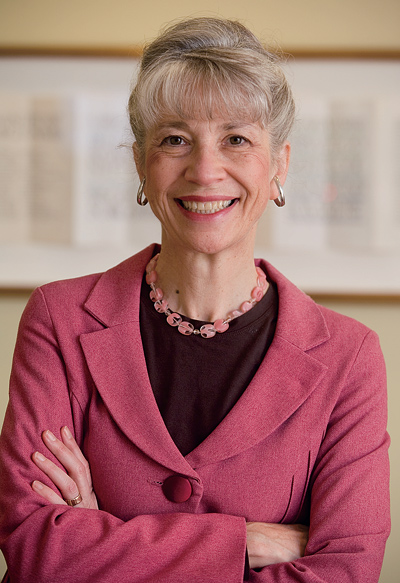Bates Matters

For its Sunday edition that appeared Commencement weekend, the Lewiston Sun Journal invited me to write an opinion piece about Bates in its 150th year. I share with you edited selections from that essay in the hope that these reflections might help place Bates’ historic values in a celebratory present-day context.
Last spring was a heady time for our college. Bates was named the nation’s “No. 1 Best Value” by the Princeton Review, a ranking that reflects high academic quality, high graduation rates, and a generous financial aid program, including funds for for study abroad, student research, and other student programs. Bates also appeared in the Teagle Foundation’s list of 13 “overachieving” liberal arts colleges singled out for both high graduation rates and Ph.D. production. Our athletics program was ranked No. 19 among 421 colleges in NCAA Divivsion 3, and the College was included on an unranked list of 81 U.S. “colleges with a conscience” by The Princeton Review and Campus Compact.
We accepted these honors as a polite person might receive a lavish compliment. Publicly we responded with grace and enthusiasm; privately we were, and we remain, more concerned about sustaining Bates’ “values” — the beliefs and ideals that inspire what we do — than the rankings.
That Bates has safeguarded its founding values was evident in May, when I and other Bates people visited Augusta to accept official recognition of the 150th anniversary of the state of Maine’s approval of our charter. Gov. John Baldacci proclaimed “Bates College Day,” while state Sen. Margaret Rotundo, who also directs the College’s service-learning program, read a joint resolution from the Maine Legislature.
The ceremony reflected our living legacy as an institution born and bred in this part of Maine, with modest but idealistic beginnings. When reformers led by Oren B. Cheney founded Bates in 1855, the decision to build in Lewiston reflected mutual values and partnership: Each wanted, and needed, the other. Lewiston’s leaders courted Cheney’s school because they wisely desired, in the words of a Lewiston Journal editorial, “solid and attractive machinery for the growth and the culture of the mind” to complement the manufacturing machinery within the mills rising along the banks of the Androscoggin. And Cheney sought a community whose leaders envisioned the benefit of embracing a school that would reach out to men and women regardless of race, ethnicity, or social and religious background.
This was a radical idea in 1855, and few communities might have accepted it so readily. As one of our history majors, Tim Larson ’05 of Newport, R.I., explained in his honors thesis, Cheney’s ideas ensured a different road to success. “If Oren Cheney had attempted to model Bates after any other popular New England college at the time, he would have likely tried to appeal to a white, all-male, and well-to-do applicant pool.” Yet by the end of the 20th century most colleges have followed our lead, opening their doors to both men and women of different racial, national, religious, and socio-economic backgrounds.
Our deep-seated habits of Yankee frugality and inclusiveness have further helped this little college in a small city thrive. In fact, these two traits have overlapped to the benefit of students. At the turn of the 19th century, President Chase wrote a letter to Andrew Carnegie characterizing the campus atmosphere, in which he noted that to help hard-up students feel welcome, “professors set an example of plain living.” There were never fraternities or sororities on campus, and we have always boasted fewer trappings of wealth or social standing. Bates today has a smaller endowment and less annual money to spend than our peers, but as the “best-value” moniker attests, we keep our priorities straight. A higher percentage of our annual budget goes to financial aid, keeping Bates competitive.
As alumni know perhaps best of all, Bates still prizes dedication and hard work, and the profile of native Mainer Shirl Penney ’99 in this issue suggests that this defining tradition remains vigorous. Other anecdotes tell us that Bates people still give their all. When the physics professor comes in from home on the weekend to meet a prospective student, it impresses the family. So does the Dining Services worker who tells first-year parents, “Don’t worry. We take good care of them.”
When graduates leave Bates, we are certain that this institution has done its best to provide the best value on their four-year investment. We also trust that their lives will remain grounded in the College’s enduring values, our sturdy and principled roots.